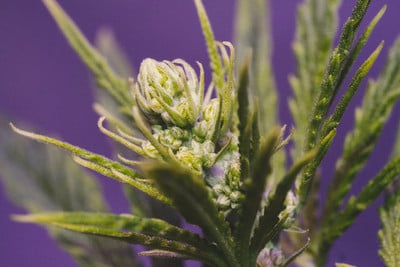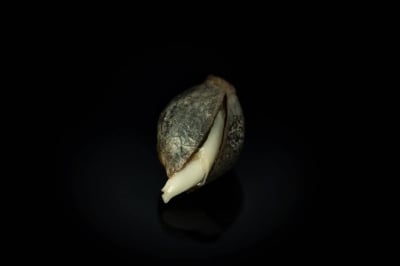.

All You Need to Know About Sexing Cannabis Plants
Sexing plants is necessary in pretty much all weed grows. Whether you want a crop of fat flowers or you're looking to breed the latest award-winning cultivar, you'll need to identify the sex of your specimens!
Contents:
Sexing cannabis plants is a necessity for all but the most laid-back growers. Unless you just want to see the plants grow and don’t really care about the results, then you have to identify the sex of your plants. Even with feminized seeds readily available, it’s still good practice to check each plant, as one may possibly develop into a male or hermaphrodite on rare occasion, and this can ruin a whole crop.
As well as saving females from yield-destroying pollination, sexing is important for cannabis breeders, who actually want males but will need to decide which ones are more suitable for breeding with. This guide focuses on how to accurately identify the sex of your cannabis plants, as early as possible.
Pre-Flowering Stage: The Crucial Moment
You can begin to identify a cannabis plant’s sex once it enters the pre-flowering stage. You’ll want to sex your crop as soon as possible to avoid any problems, so you need to know when to start your investigations!
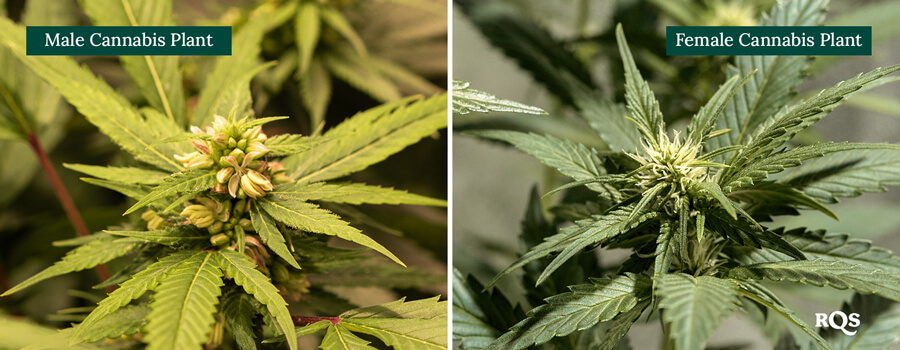
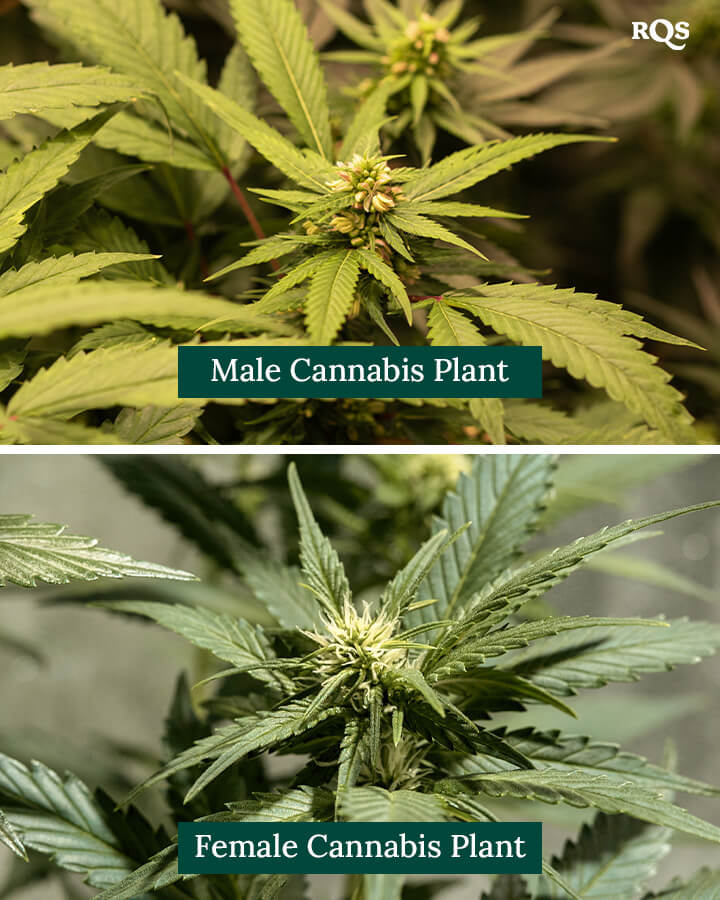
When Can You First Identify Plant Sex?
Sexing cannabis plants is first possible during the pre-flowering stage, typically occurring around 4–6 weeks into the vegetative phase, although this can differ significantly between crops, plants, and grow spaces.
For indoor photoperiod plants, the pre-flowering stage begins once you switch the light cycle to 12/12. Although most growers will do this at around 4–6 weeks, it can happen at essentially any time.
Outdoors, it will happen sometime towards the middle of summer, when the daylight starts to wane and the light spectrum becomes more red. To catch your plants at the right point, you’ll have to keep checking them daily from the end of June onward. Most plants tend to rapidly pack on height during the pre-flowering/early flowering stage, so this is a helpful giveaway.
Autoflowers are an exception to this; they will just start flowering after a predetermined amount of time—usually between 2 and 4 weeks, although this depends on the strain in question.
How to Sex Plants Using Pre-Flowers
Once a cannabis plant enters the pre-flowering stage, it will begin to develop pre-flowers at its nodes. Nodes are the joints where the branches join the stem. Small growths will begin to appear in these spaces, and depending on what form they take, you will be able to identify the plant as male, female, or hermaphrodite.
-
Early Signs of Male Plants
Male pre-flowers typically appear as small, round balls clustered at the nodes. These will eventually develop into pollen sacs that dangle from the plant if not removed. Indeed, once developed, they are not unlike testicles. However, during the earlier stages, when it’s best to notice them, they will appear as small lumps and then clusters of balls.
Tips for Identifying Male Pre-Flowers
- Location: Check the upper parts of the plant first, as male pre-flowers often appear there earlier.
- Size and shape: Look for spherical, smooth structures without any hairs.
- Timing: Male pre-flowers generally appear a week or two earlier than female pre-flowers.
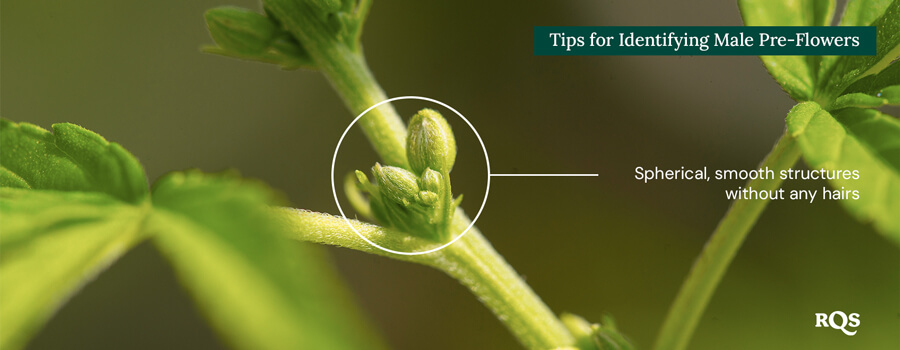
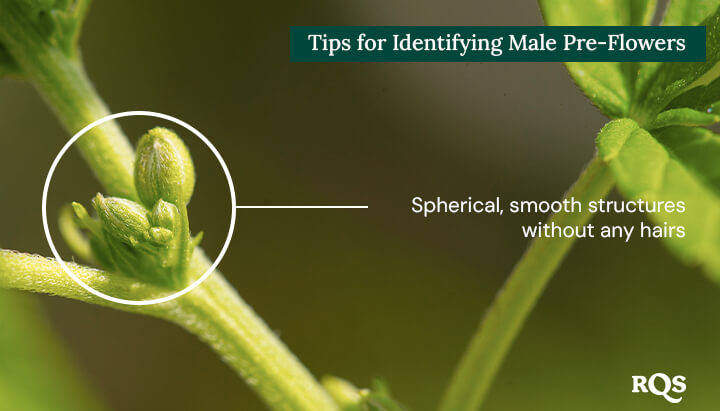
-
Early Signs of Female Plants
Female pre-flowers manifest as tiny, pear-shaped structures with a pair of clear/white hairs (pistils) protruding from them. These pistils are the most important and simplest signal to look out for. If a plant has pistils, it’s either female or perhaps a hermie, but it’s certainly not male. To give some context, as plants continue to mature, pistils serve to catch pollen drifting in the air—this is their purpose.
Tips for Identifying Female Pre-Flowers
- Location: Inspect the nodes where the branches meet the main stem.
- Size and shape: Look for pear-shaped structures with emerging white hairs.
- Timing: Female pre-flowers usually appear a bit later than male pre-flowers.
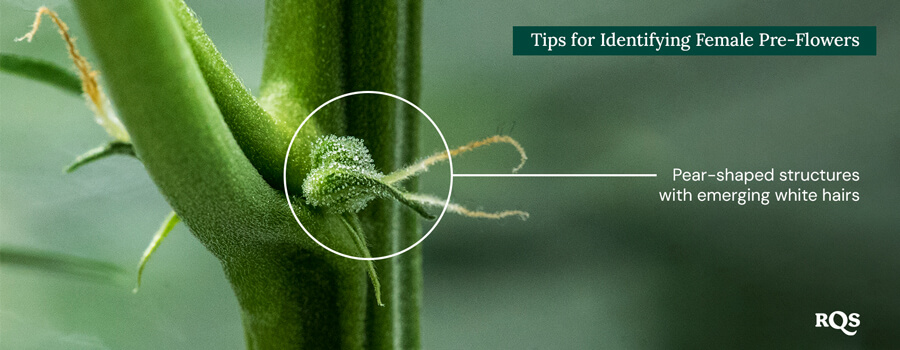
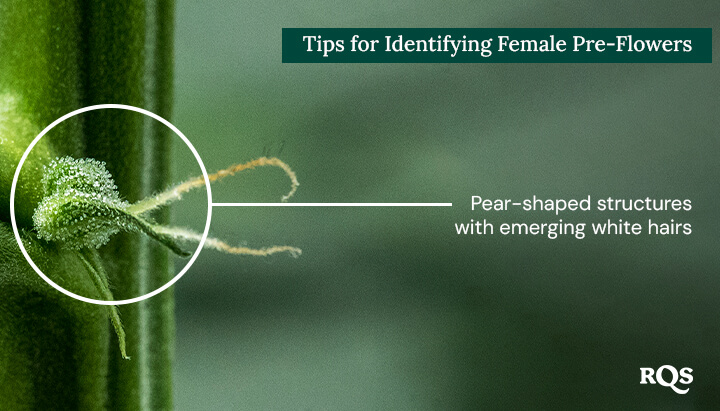
-
What About Hermaphrodites?
Some strains have a tendency to develop into true hermaphrodites, where they have both male and female sexual organs from the moment they begin to flower. These can be harder to spot, and take many growers by surprise.
True hermaphrodites will first develop male pollen sacs, but will then also begin to develop pistils a week or so later. The good news is that they develop their male sexual organs first, so hopefully you’ll identify them as male before the pistils begin to show. Hermies can pollinate themselves and other plants, so you'll want to get rid of them unless you want to breed this way.
How to Differentiate Female vs Male Plants
As plants mature, the differences between male and female plants become stark. However, during the crucial pre-flowering stage, the differences are more subtle and you’ll need to keep a close eye on your crop. The key things to look out for are:
- Females have pistils, males don’t; this is the easiest way to sex plants.
- Males develop earlier than females. This is generally true, but is only reliable if your crop consists of plants from the same strain, growing under the same conditions. Do not rely on this alone.
- Males develop hairless balls.
Can You Determine the Sex Before the Pre-Flowering Stage?
Male and female plants are indistinguishable before they enter the pre-flowering stage. However, for growers who really want to know the sex of their plants earlier, there is one method that can be employed. However, it’s quite labour-intensive and requires more space, so it’s only really advisable to breeders who need to know in advance.
It involves taking a cutting from each plant, planting them as clones, and flipping them to flowering earlier than the rest of the crop so that you can sex them.
The Cloning Approach
- Mark each plant and the corresponding pot for the clone. You’ll need to carefully record which clone comes from which plant, otherwise you might not know which is which.
- Now it's time to take your cuttings. Cut a branch with at least two nodes from each plant.
- Place the cutting in a rooting medium and provide adequate light and water.
- Once rooted (after around two weeks), switch the light cycle to 12 hours of light and 12 hours of darkness to induce flowering.
- Monitor the clone for pre-flowers to determine the sex. The clone will have the same sex as the mother (or father) plant.
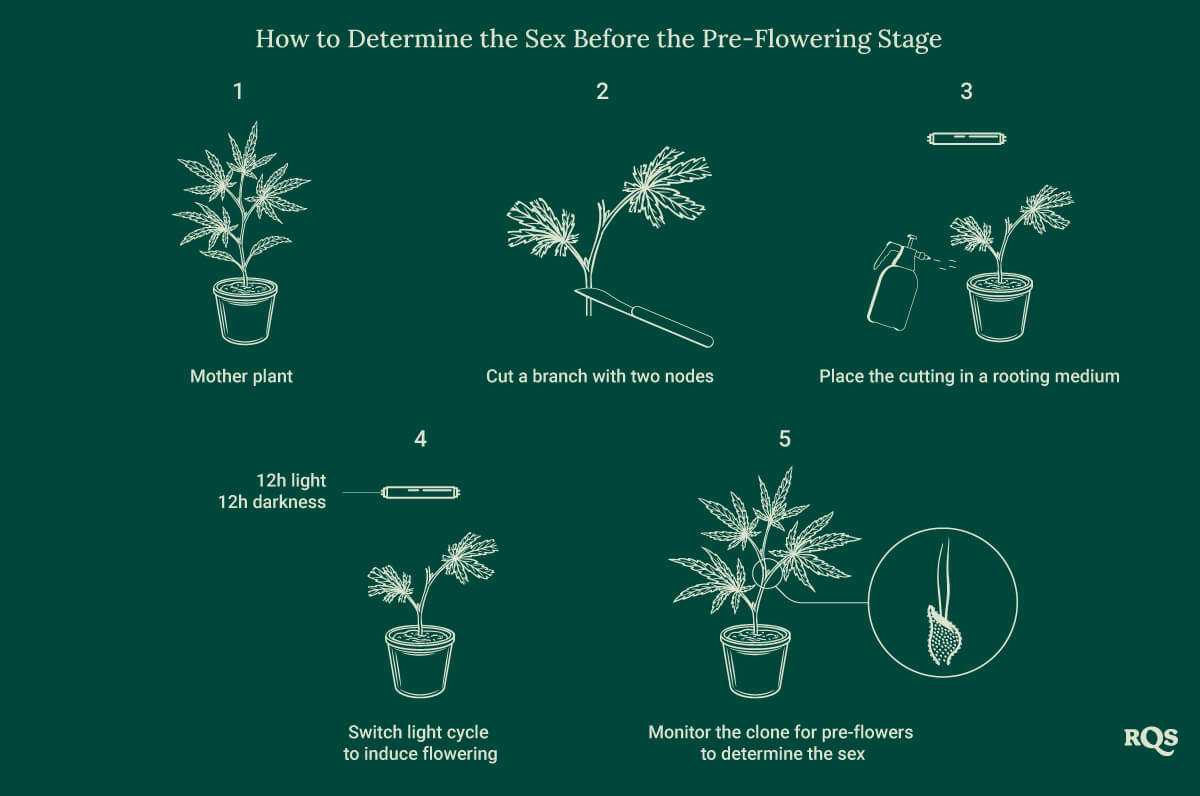
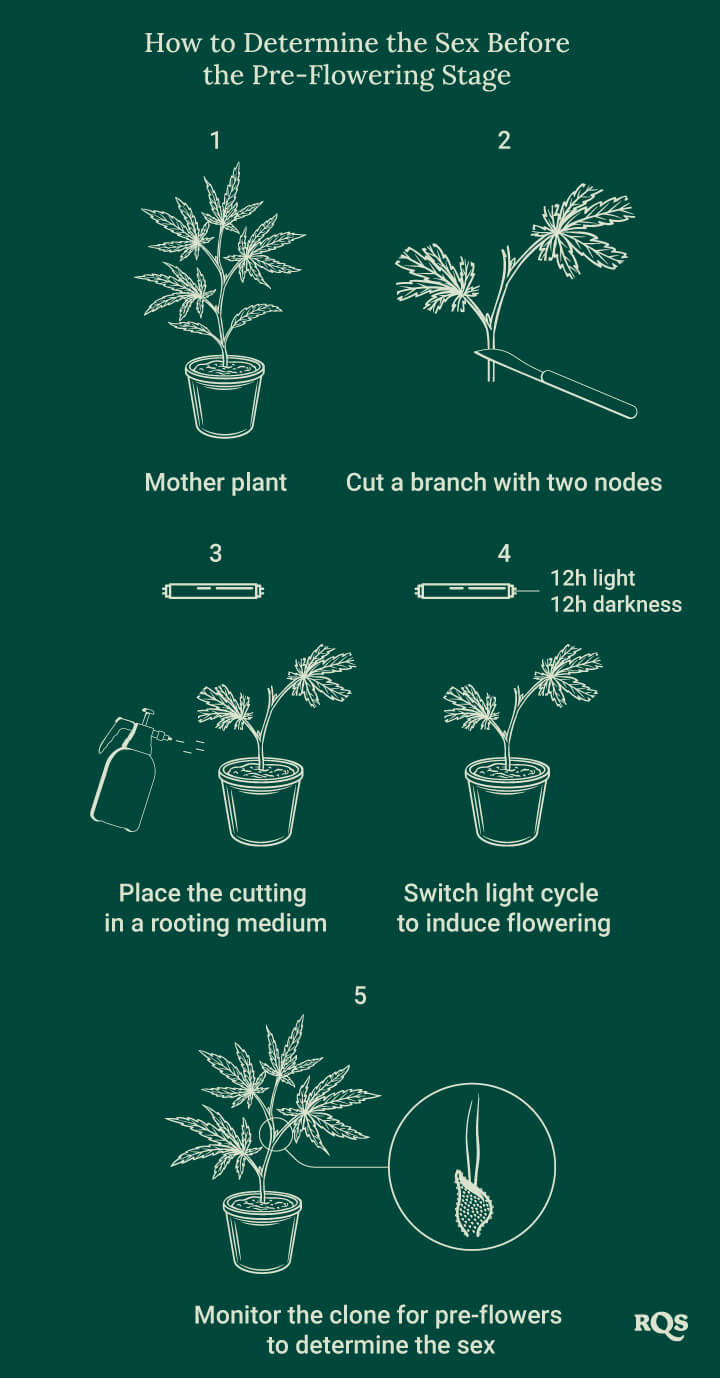
Why Sexing Marijuana Is Important for Growers
Sexing your weed is a very important step, even if they should all come out female. The consequences of not doing so can ruin a crop, so it’s really worth putting the effort into this part of the cultivation journey to avoid disappointment later on.
Maximising Yield by Preventing Pollination
Ultimately, most growers want a large yield. Sexing plants accurately increases the chances of this, as removing male plants prevents them from pollinating females, which would otherwise produce seeds instead of potent buds.
It also means that you don’t waste space and resources growing male plants, instead allowing you to grow even more female plants.
Selective Breeding
For breeders, knowing the sex of the plants allows them to create new strains that develop desirable traits. You can separate your grow into males and females, keep your eyes peeled for the specimens you like the most, and then breed them together. Sexing as early as possible allows you to make the most informed decisions regarding your breeding efforts.
Male, Female, and Hermie: What Do You Need to Know?
Understanding the differences between male, female, and hermaphrodite plants is crucial for effective cannabis cultivation, whether you're seeking large yields or want to breed new cultivars. Once plants enter the pre-flowering stage, you’ll be able to tell their sex, and you shouldn’t wait around. Depending on the type of strain and your grow space, the amount of control you have over when the pre-flowering stage starts will vary. Still, with the tips above, you should be able to identify plant sex soon enough!




























